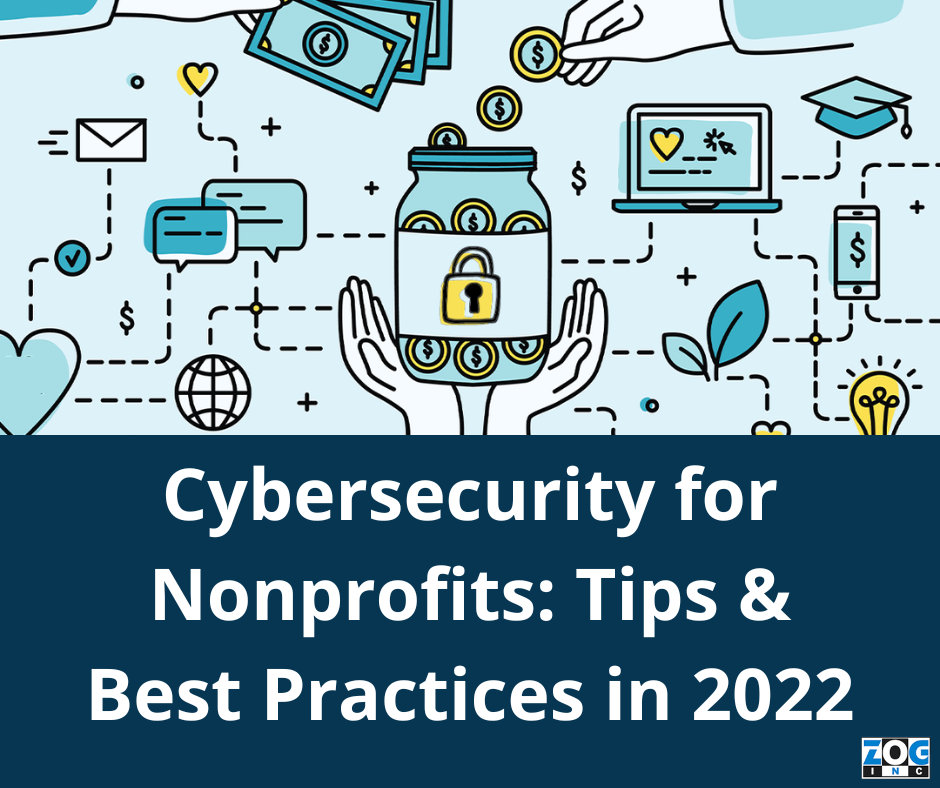Subscribe to the Zog Blog to get news Delivered straight to Your box!
Newsletter Signup
Recent Posts
Archives
Archives
- November 2025 (1)
- September 2025 (1)
- May 2025 (1)
- March 2025 (1)
- November 2024 (1)
- October 2024 (1)
- August 2024 (1)
- July 2024 (1)
- June 2024 (1)
- May 2024 (1)
- December 2023 (2)
- November 2023 (1)
- August 2023 (1)
- June 2023 (1)
- May 2023 (1)
- April 2023 (1)
- December 2022 (4)
- November 2022 (3)
- October 2022 (2)
- September 2022 (2)
- August 2022 (3)
- July 2022 (2)
- May 2022 (3)
- April 2022 (2)
- March 2020 (1)
- November 2019 (1)
- October 2019 (2)
- September 2019 (3)
- August 2019 (2)
- July 2019 (5)
- June 2019 (3)
- May 2019 (2)
- April 2019 (1)
- March 2019 (2)
- August 2018 (2)
- July 2018 (1)
- June 2018 (1)
- May 2018 (4)
- April 2018 (5)
- March 2018 (2)
- February 2018 (3)
- January 2018 (3)
- December 2017 (3)
- November 2017 (2)
- October 2017 (3)
- September 2017 (4)
- August 2017 (2)
- July 2017 (4)
- June 2017 (4)
- May 2017 (5)
- April 2017 (4)
- March 2017 (3)
- February 2017 (4)
- January 2017 (5)
- December 2016 (4)
- November 2016 (5)
- October 2016 (4)
- September 2016 (3)
- August 2016 (4)
- July 2016 (1)

Cybersecurity for Nonprofits: Tips & Best Practices in 2022
Malware attacks are among the most frequent cyber risks to businesses’ data security. IBM estimated that malware and ransomware attacks cost businesses and organizations an average of USD 3.87 million in 2020.
Despite popular belief, mega-corporations aren’t the only target of cyberattacks. Sensitive information from nonprofit organizations is also one at a high risk of cyberattacks.
Cybercriminals steal the following sensitive data from NGOs to use it against them:
- Research surveys
- Mailing lists
- Donation forms
- Meeting records
- Donors information
Do Nonprofits Need Cybersecurity?
Many nonprofit organizations overlook the importance of investing in necessary security measures to safeguard their business from potential cyber risks. Breach of donor data can harm your organization’s brand reputation and donors’ faith in you.
It may be presumed that many institutions are unaware of their vulnerability to cyberattacks, given that 70% of the nonprofits have never conducted risk assessments. Risk management frequently ranks low on the priority of nonprofits.
Without considering their vulnerability to cybersecurity risks, they put not only their organization in jeopardy but also the stakeholders. According to reliable sources, only 20% of NGOs have a framework addressing cyberattacks.
This article discusses typical cybersecurity risks for nonprofits along with precautions you can take to reduce the likelihood of a breaching attempt on your nonprofit organization.
Top 10 Tips and Practices to Mitigate Cybercrimes in NGOs
Cybercriminals frequently target NGOs since their information is typically easier to access than mega-corporations. Nonprofits often depend on third parties to gather and maintain confidential donor data. This makes them a rather easy target for malware attacks and data breaches.
There are several ways in which cybersecurity can protect nonprofits:
Vulnerability Assessment
Nonprofit organizations can reduce the risk of cyber-attacks by being aware of their weak points. The process of developing, identifying, categorizing, and ranking vulnerabilities in your organization’s computer systems, network infrastructures, and applications is known as a vulnerability assessment. This examination can equip your charitable foundation with the information it needs to recognize and respond to security risks, such as cyberattacks.
Implementing Security Protocols
On average, hackers target more than 2,000 businesses every day. Donors search for nonprofit organizations that are easy to contact; it is the reason many NGOs have simple websites and data management systems with no added security. Moreover, security precautions are quite low in nonprofit organizations since they believe they are not subject to hostile attacks.
Identifying possible cybersecurity risks, anticipating them, and laying out the necessary countermeasures to minimize the harm can be achieved by putting a thorough security policy in place.
Hiring IT Staff
Every company must have an IT team or person whom staff members may contact in times of need. Your IT experts must have the ability to look into the situation, assess the danger, and alert the organization to the prevailing scam.
For instance, employees should know who to notify if they receive a message that appears to be a phishing scam.
User Access Control
Most software systems enable administrators to regulate authorization levels and user access depending on functional employee roles.
The degree of access that each employee has to your organization’s sensitive information must be carefully monitored. Restrict accessibility if it is not essential for someone’s job description. Future modifications to these limitations are always possible. To ensure relevance, you should make sure that the judgments are recorded and reviewed periodically, particularly in the case that an employee leaves.
Using Advanced Technology
Nonprofits usually lack the tools that other institutions have. Since they are more focused on social and charitable causes, nonprofit organizations may not have the resources to invest in cutting-edge technology. With the digital evolution in today’s world, using outdated technology and obsolete gear and software leaves you vulnerable to cyberattacks.
Cloud-Based Platforms
Cloud-based software solutions offer a more secure approach to storing sensitive information than desktop software. Your confidential data and information is preserved by your cloud service provider when you utilize a platform situated in the cloud. Your data will be encrypted and regularly backed up, and logins will require multi-factor verification.
Furthermore, they can release fixes for possible vulnerabilities more quickly than in-house software. Organizations lacking funds to employ IT support can particularly benefit from cloud-based solutions in terms of data security and risk mitigation.
Installing an SSL
Your organization’s website is a visible point for cyberattacks because it is an entry point for users to interact with your organization. An SSL certificate is an effective way to secure donor information.
Secure Sockets Layer, or SSL, can provide you with an added level of security to protect your website. With an SSL certificate, your website’s URL will start with HTTPS, and a small lock symbol will appear beside your browser’s windows – reassuring people of your safety protocols. The digital interactions between your visitors and your website are rendered more secure and private with an SSL.
Training Staff for Cybersecurity
Smaller NGOs put less emphasis on cybersecurity and more on other mission-driven activities due to limited resources. Consequently, 60% of the small-scale charitable organizations neither have any cybersecurity personnel nor offer regular training programs for cybersecurity to their available staff. A shortage of tech staff increases the risk of cyberattacks and cripples nonprofits’ ability to recover from the losses incurred due to such attacks.
Updating Your Password
Almost all of our devices, including thermostats and smart watches, are connected to the internet and transmit passwords, login credentials, and contact information across exposed channels. These technologies are vulnerable to hacking attacks that might harm your security system or power grids. Setting your password complex and updating it frequently is crucial to have robust cybersecurity for your organization.
Addressing Physical Security Risks
Leaving your computer unlocked or sticking passwords on your desks can cause major risks to you and your organization. Anyone who gains access to your password or computer can easily use stored data for cybercrime activities.
And with work-from-home becoming the new norm, it is now more important than ever for employees to keep their working environment in check and secure to prevent cyber risks.
Conclusion: Why is Cybersecurity Important for NGOs?
Being the leader of an NGO puts you in a position of responsibility to protect organizational and donor data. It is crucial that your staff is aware of the security protocols that they must follow to keep the institution secure, as data breaches may result in irreversible monetary and reputational damage.
Data security should be one of the top priorities of nonprofit organizations. Charitable organizations must manage their books properly in the cloud and ensure the financial information is regularly backed up.


Leave a Comment
Your email address will not be published. Required fields are marked *